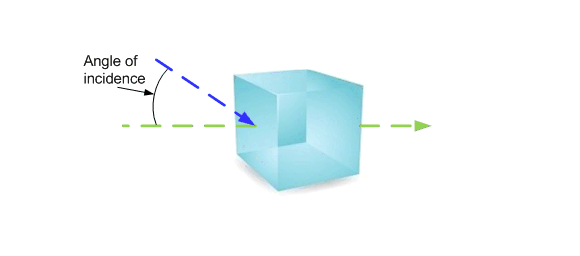Optical Splitters
Passive Optical Networks rely on the optical splitter to replicate downstream signals to subscribers and, conversely, combine those signals in the upstream direction towards the OLT. In this way, the use of splitters provides an economical mechanism for distributing services to a large number of subscribers while reducing the operational requirement of powered electronics in the service areas. The splitter also reduces the number of fibers required in the feeder portion of the provider network by a factor of 32 (typically). The optical splitter is available in many form factors, split counts, and fiber configurations. Depending on the strategy employed, a 1x32 (one fiber in, 32 fibers out) may be used for most deployments. Alternatively, smaller split ratios of 1x2, 1x4, 1x8, or 1x16 may be selected to increase the distance of the feeder network. Because each optical split (one fiber splitting the optical signal into two fibers) results in an approximate 3 dbm of optical loss (lower optical signal), larger split counts can result in as much as a 15 to 18 dbm loss across a typical 1x32 splitter.
So how exactly does a passive optical splitter/combiner work? The first step in understanding how splitters work is to consider the concept known as the angle of incidence. Used in the field of geometric optics, the angle of incidence is a measurement of the angle between a light source that is perpendicular to an object (shining straight on) and another angle of light which is said to be "incident" to that perpendicular ray of light. In the figure below, light is shining perpendicular to the object as represented by the green arrow. The blue line is representative of a different light ray that is "incident" to the object's surface. The difference between these two rays of light is the angle of incidence. Passive optical splitters make use of a specific kind of angle of incidence known in physics as Brewster's angle. Brewster's angle, sometimes referred to as the polarization angle, is an angle of incidence at which light passes through a transparent surface with little or no reflection. When unpolarized light is incident at this angle, the light that is reflected from the surface is therefore perfectly polarized. Put simply, if one points a laser upon a transparent object at a particular angle, the light will pass completely through with no reflection. If you change that angle however, at some point some of the light will pass through but some of it will also reflect. It is this phenomenon which is used by a splitter to "capture" the reflected light and channel it down one fiber while the reflected light is channeled down a separate fiber. In manufacturing splitters, the resulting angle of polarization can be adjusted so that the desired amount of optical power on either side of the split can be achieved.

Search site:
Advertise here



